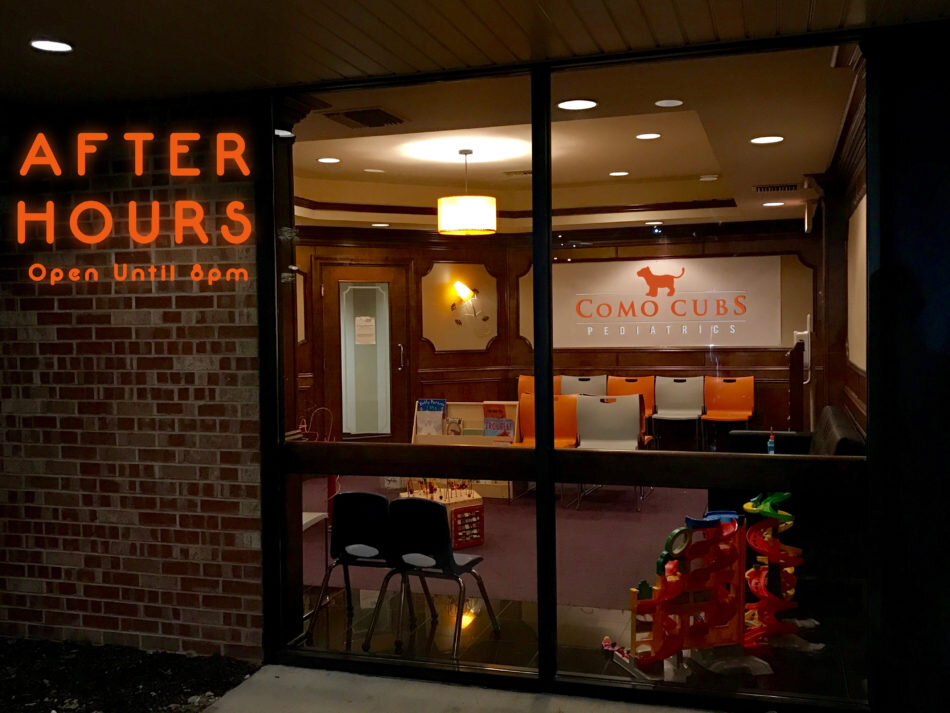Acute care facilities including urgent care facilities, retail-based clinics, and commercial telemedicine services, should adhere to the same standard of care as a pediatric medical home, said the American Academy of Pediatrics.
The first point of contact for children's medical care should be in a "medical home" type of environment. But when children need acute care outside the medical home, these practices should be in contact with the medical home to assure continuous and coordinated care, reported Gregory P. Connors, MD, of the AAP Committee on Practice and Ambulatory Medicine, and colleagues.This policy statement was co-written by the Committee on Pediatric Emergency Medicine, the Section on Telehealth Care, the Section on Emergency Medicine, the Subcommittee on Urgent Care, and the Task Force on Pediatric Practice Change, and published in Pediatrics."While families may sometimes feel the need to seek medical care at retail centers or elsewhere outside the doctor's office, we remain concerned that the treatment delivered at many of those facilities falls short of evidence-based medical standards," said co-author Susan Kressly, MD, in a statement. "Children deserve to receive care from a skilled professional, a physician who knows their needs and medical history, who works alongside family members to keep them safe and healthy."The authors acknowledged the need for treatment at an acute care facility may be necessary due to "access, after-hours timing or other constraints." But they argued that any treatment of children in acute care entities "should adhere to the core principles of continuity of care and communication, best practices within a defined scope of services, pediatric-trained staff, safe transitions of care, and continuous improvement," they wrote.They emphasized the importance of information-sharing and said acute care facilities should provide "a complete set of progress notes" to the medical home, in case parents contact the medical home about tests or medications from the acute care facility. The authors said that the Health Information Portability and Accountability Act (HIPAA) does not require authorization from the patient or parent in order to share medical information across healthcare providers.The authors stressed that acute care facilities should be transparent to parents and families about their scope of services and that all providers should adhere to "evidence-informed, patient-and family-centered, predetermined approaches" to treat common childhood complaints.They recommended that all of these facilities, including telemedicine services, develop a series of "safe scope-of-practice guidelines" with plans about how to address children with emergency medical conditions. Planned coordination with local emergency medical services is essential, they said. The authors noted that the AAP policy statement on preparation for emergencies in pediatricians offices may provide similar guidance for acute care facilities.The authors also said that these facilities should be prepared to treat children with special medical needs, but refer them to other care when necessary. But they advised against these facilities managing the care of the very youngest children."The AAP recommends that [retail-based clinics and] telehealth services not directly connected with the medical home, and acute care services that lack pediatric expertise should not provide care to children younger than 2 years," they wrote.They summed these up these recommendations in a series of core principles:
- Communicate information to the medical home and refer the child for necessary follow-up in the medical home
- Provide care based on best-available evidence and have clearly defined limits of scope of service
- Ensure staff have pediatric training and experience to provide the scope of services offered
- Establish protocols for transitions of care during emergencies, situations outside scope of care, and after-hours coverage
- Implement strategies for continuous assessment and improvement of quality of care and patient safety

